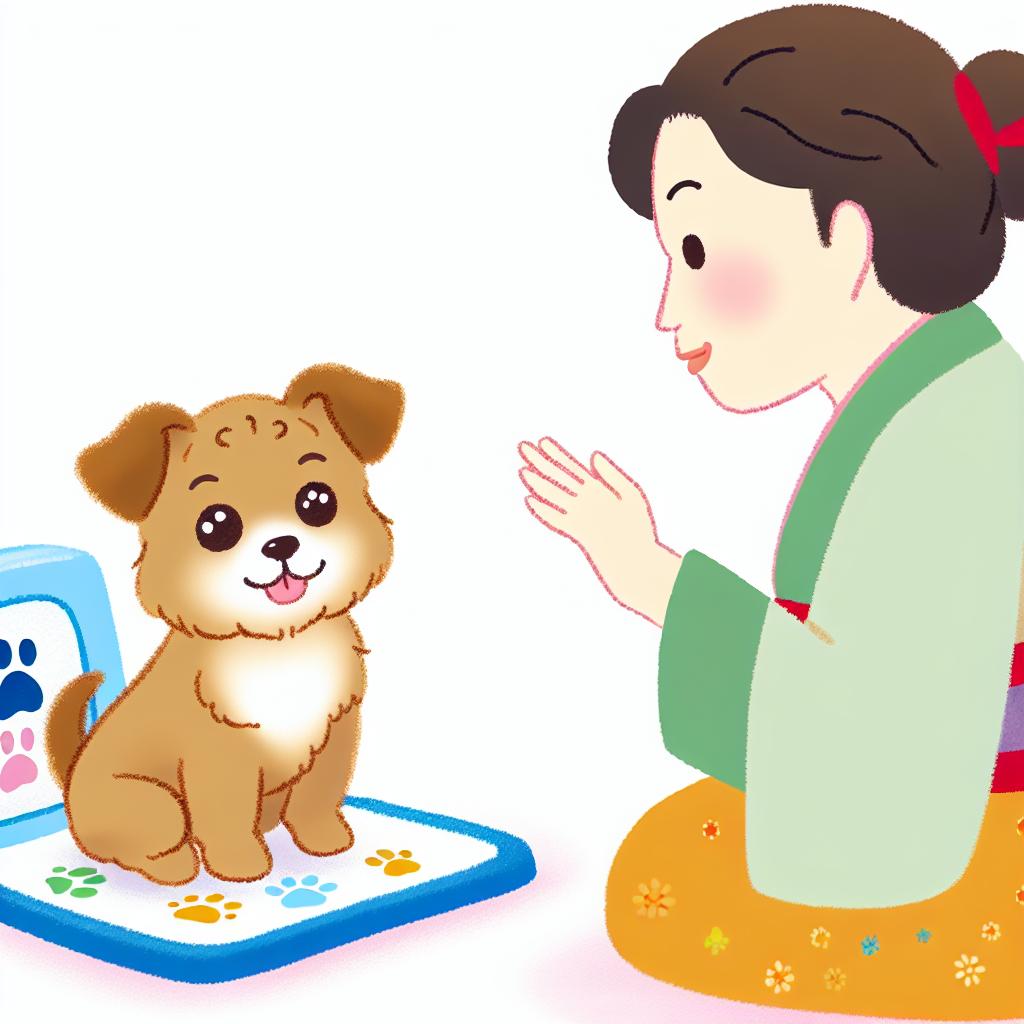How to Potty Train a Puppy
Potty training a puppy is one of the most significant steps in ensuring a harmonious life together. It’s important to start early and stay consistent. This comprehensive guide will help you learn how to potty train a puppy effectively, with tried-and-true methods that pave the way for success.
Understanding Your Puppy
Knowing Their Routine
A key aspect of potty training is understanding your puppy’s routine. Puppies have small bladders and fast metabolisms, often needing to go out soon after eating, drinking, and sleeping. Puppies typically need to relieve themselves:
- After waking up from a nap
- After eating or drinking
- After playing or exercising
- Before bedtime
Monitoring your puppy’s habits can help you predict when they need to go, allowing you to guide them to the appropriate spot.
Setting Realistic Expectations
Patience is crucial when learning how to potty train a puppy. Puppies are still developing, and accidents are part of the process. Stay calm and encourage positive behavior instead of punishing mistakes, which can cause anxiety and confusion.
The Essentials for Potty Training
Crate Training
Crate training is an effective method that creates a safe space for your puppy while also aiding in potty training. Read more about the benefits of caging a dog and how to introduce a crate properly.
- Ensure the crate is the right size – enough for the puppy to stand, turn around, and lie down, but not so large that they can eliminate in one corner and sleep in another.
- Use the crate for napping and nighttime to control their access and encourage holding it until you can take them outside.
- Make the crate a positive space, not a punishment area.
Puppy Pads and Consistent Spot
Using puppy pads can help during the initial stages, especially if you live in an apartment or have limited outdoor access. However, it is crucial to transition your puppy from these pads to the outdoors eventually.
Choosing a consistent spot for bathroom breaks helps your puppy understand where they are expected to go. The familiar scent in that area will encourage them to use it again.
Leash Training
Leash training is essential for taking your puppy outside consistently. A leash ensures that you have control and can guide your pup to the designated spot.
- Always use a leash during potty breaks.
- Keep the leash short to guide your puppy to the correct spot quickly.
Step-by-Step Guide to Potty Training
Establish a Routine
A regular schedule is paramount in potty training. Puppies thrive on consistency, and setting a routine will help them understand when it’s time to go out.
- Take them out first thing in the morning.
- Take them out after every meal – usually three to four times a day.
- Take them out after naps and playtime.
- Ensure a final bathroom trip before bedtime.
Positive Reinforcement
Reward your puppy immediately after they successfully eliminate in the correct spot. Puppies respond well to positive reinforcement, which can include:
- Praise – a gentle, happy voice can do wonders.
- Treats – give a small, tasty treat to signify a job well done.
- Play – a few minutes of their favorite game.
Timing is crucial – reward them immediately after they finish so they understand the connection between their action and the reward.
Handling Accidents
Accidents will happen. The key is not to react negatively. Clean up the mess thoroughly to remove any scent that might attract the puppy back to the same spot. Some tips include:
- Use an enzymatic cleaner to neutralize the odor.
- Avoid harsh reactions like yelling or physical punishment as these can cause anxiety.
- Redirect their behavior by reinforcing the correct place to eliminate.
Common Challenges and Solutions
Night Time Potty Breaks
Puppies may need nighttime potty breaks until they are about three to four months old. Keep a crate close to your bed so you can hear when your puppy wakes up.
- Set an alarm initially to take them out once or twice a night.
- Reduce this gradually as they grow and can hold it longer.
Weather Challenges
Inclement weather can complicate potty training, but consistency is key. If it’s raining or snowing:
- Use an umbrella to keep your puppy dry.
- Create a covered potty spot that shields your puppy from the elements.
- Keep training sessions brief but frequent.
Transitioning from Puppy Pads to Outside
Once your puppy reliably uses the pads, start transitioning to outdoor potty breaks. Gradually move the pads closer to the door until they are eventually outside.
- Decrease the size of the pads to encourage your puppy to use the outdoor space instead.
- Maintain consistency in reward and praise to support the transition.
When to Seek Professional Help
If you’re struggling despite your best efforts, it may be time to seek professional assistance. A professional trainer can offer personalized strategies and solutions.
Explore our resources on dog trainers near you or find puppy training near you for further support.
Final Thoughts
Learning how to potty train a puppy takes time, patience, and consistent effort. By understanding your puppy’s needs, creating a solid routine, and employing positive reinforcement, you can make this process smoother for both of you. Remember, accidents are part of the journey and not a setback. Stay committed, and you will be rewarded with a well-trained, happy companion.
Don’t forget to check our extensive resources on dog crates, dog training options near you, and more on our blog page.

